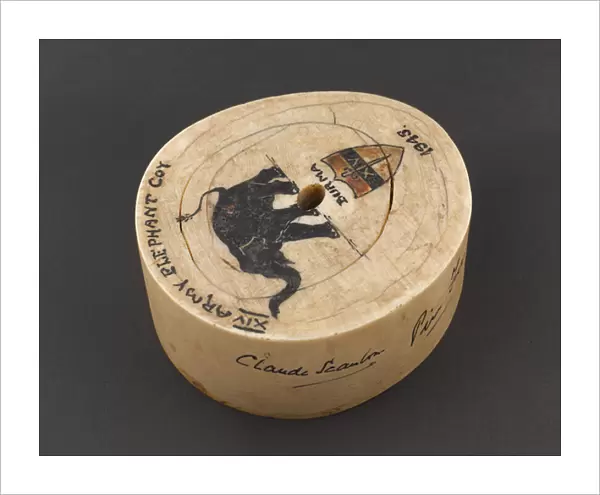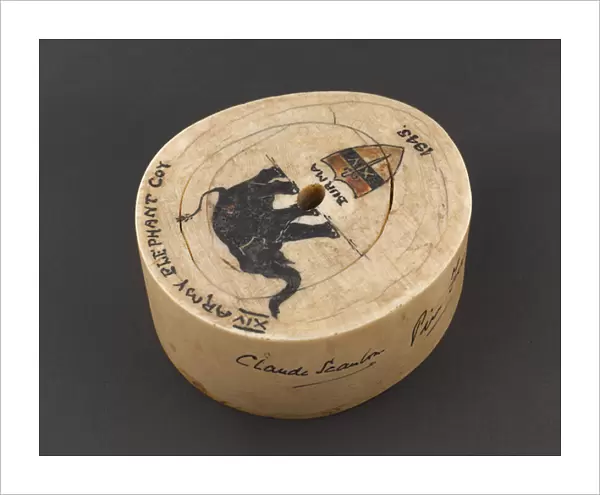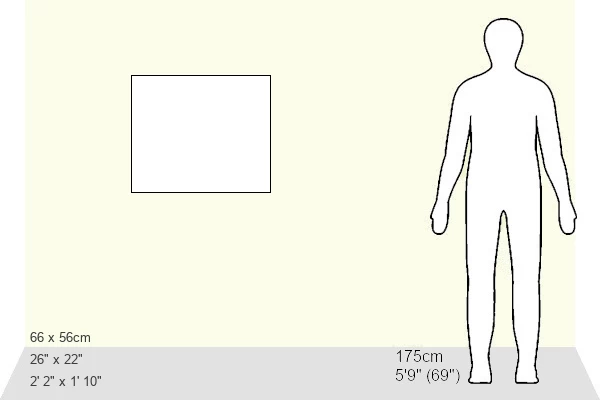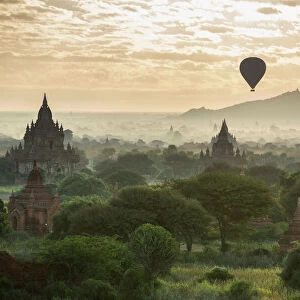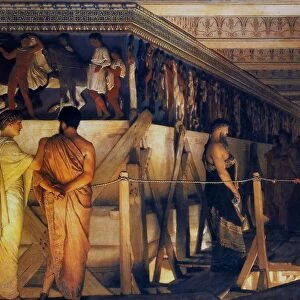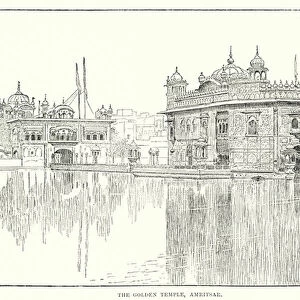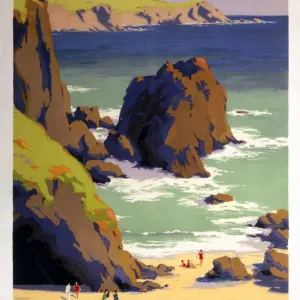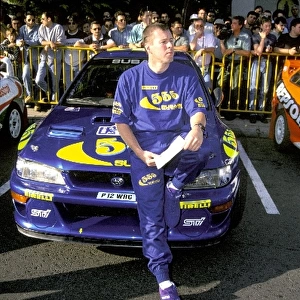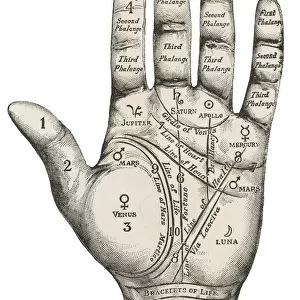Fine Art Print > Europe > United Kingdom > England > London > Museums > London Transport Museum
Fine Art Print : Commemorative ivory ornament, Elephant Company, Royal Indian Engineers, 1945 (ivory)
![]()

Fine Art Prints from Fine Art Finder
Commemorative ivory ornament, Elephant Company, Royal Indian Engineers, 1945 (ivory)
5928253 Commemorative ivory ornament, Elephant Company, Royal Indian Engineers, 1945 (ivory) by Anglo-Indian School, (20th century); National Army Museum, London; (add.info.: Commemorative ivory ornament, Elephant Company, Royal Indian Engineers, 1945.
This ornament, made from a cross section of an elephant tusk, commemorates the service of the Elephant Company of The Royal Indian Engineers in Burma during World War Two.
Elephants were used extensively in the Burma campaign to carry and distribute supplies, build bridges, and as transport. They proved better suited to working in the jungle than mules.
This ornament is significant for the names that are signed on the side. One of these, James Howard Williams, is more famously known as Elephant Bill.
Williams had fought in the First World War, but moved to Burma afterwards, where he became a forester. He quickly learned the language and built up his knowledge of the country, people and the forestry trade, including the use of elephants in transport and logistics in the jungle.
In 1942 Williams rejoined the Army, and after conducting timber surveys in Bengal and Assam he was posted to the staff of the 14th Army as Elephant Advisor to the Elephant Company of the Royal Indian Engineers.
Williams advocated for the use of elephants in the construction of infrastructure, as well as a form of transport, in the harsh jungle conditions. He earned the nickname Elephant Bill, which was also the title of his 1950 memoir. In the introduction, Field Marshal Sir William Slim wrote about the use of elephants, They built hundreds of bridges for us, they helped to build and launch more ships for us than Helen ever did for Greece. Without them our retreat from Burma would have been even more arduous and our advance to its liberation slower and more difficult.
After the war, Williams left Burma and retired to Cornwall. He died in 1958, aged 60.); © National Army Museum
Media ID 25180378
© National Army Museum / Bridgeman Images
Badge Insignia Commemoration Elephant Logistics
20"x16" (+3" Border) Fine Art Print
Experience the rich history and intricate craftsmanship of this exquisite Commemorative ivory ornament from the Media Storehouse range of Fine Art Prints. This stunning piece, featuring the Elephant Company of the Royal Indian Engineers in 1945, is an exceptional representation of Anglo-Indian art from the 20th century. Captured in vivid detail from the National Army Museum's collection, this fine art print brings history to life in your home or office. Add a touch of timeless elegance and historical significance to your decor with this limited edition print from Media Storehouse.
20x16 image printed on 26x22 Fine Art Rag Paper with 3" (76mm) white border. Our Fine Art Prints are printed on 300gsm 100% acid free, PH neutral paper with archival properties. This printing method is used by museums and art collections to exhibit photographs and art reproductions.
Our fine art prints are high-quality prints made using a paper called Photo Rag. This 100% cotton rag fibre paper is known for its exceptional image sharpness, rich colors, and high level of detail, making it a popular choice for professional photographers and artists. Photo rag paper is our clear recommendation for a fine art paper print. If you can afford to spend more on a higher quality paper, then Photo Rag is our clear recommendation for a fine art paper print.
Estimated Image Size (if not cropped) is 50.8cm x 40.6cm (20" x 16")
Estimated Product Size is 66cm x 55.9cm (26" x 22")
These are individually made so all sizes are approximate
Artwork printed orientated as per the preview above, with landscape (horizontal) orientation to match the source image.
FEATURES IN THESE COLLECTIONS
> Fine Art Finder
> Artists
> Anglo-Indian School
> Arts
> Artists
> I
> Indian School Indian School
> Arts
> Artists
> J
> William James
> Arts
> Artists
> W
> William Williams
> Arts
> Realistic drawings
> Still life artwork
> Fine art
> Asia
> Myanmar
> Related Images
> Europe
> Greece
> Related Images
> Europe
> United Kingdom
> England
> Cornwall
> Bridge
> Europe
> United Kingdom
> England
> Cornwall
> Related Images
> Europe
> United Kingdom
> England
> London
> Museums
> London Transport Museum
EDITORS COMMENTS
This print showcases a commemorative ivory ornament from 1945, created by the Anglo-Indian School. The ornament, made from a cross section of an elephant tusk, pays tribute to the Elephant Company of The Royal Indian Engineers and their service in Burma during World War Two. During the intense Burma campaign, elephants played a crucial role in carrying and distributing supplies, building bridges, and providing transportation through the treacherous jungle terrain. They proved to be more adept than mules in these challenging conditions. What makes this ornament particularly significant are the names signed on its side. One of these names is James Howard Williams, better known as Elephant Bill. Williams had fought in World War I before moving to Burma where he became a forester with extensive knowledge of elephants' use in transport and logistics. In 1942, Williams rejoined the Army as an Elephant Advisor to the Elephant Company of the Royal Indian Engineers. He advocated for using elephants not only for infrastructure construction but also as a means of transportation in harsh jungle environments. Williams earned his nickname "Elephant Bill" which later became the title of his memoir published in 1950. Field Marshal Sir William Slim praised elephants' contributions during wartime: "They built hundreds of bridges for us. . . Without them our retreat from Burma would have been even more arduous". After retiring to Cornwall following the war's end, Williams passed away at age 60 in 1958. This remarkable ivory ornament serves as both a testament to his legacy and a reminder of how animals can play vital roles during times of conflict and adversity.
MADE IN AUSTRALIA
Safe Shipping with 30 Day Money Back Guarantee
FREE PERSONALISATION*
We are proud to offer a range of customisation features including Personalised Captions, Color Filters and Picture Zoom Tools
SECURE PAYMENTS
We happily accept a wide range of payment options so you can pay for the things you need in the way that is most convenient for you
* Options may vary by product and licensing agreement. Zoomed Pictures can be adjusted in the Cart.

